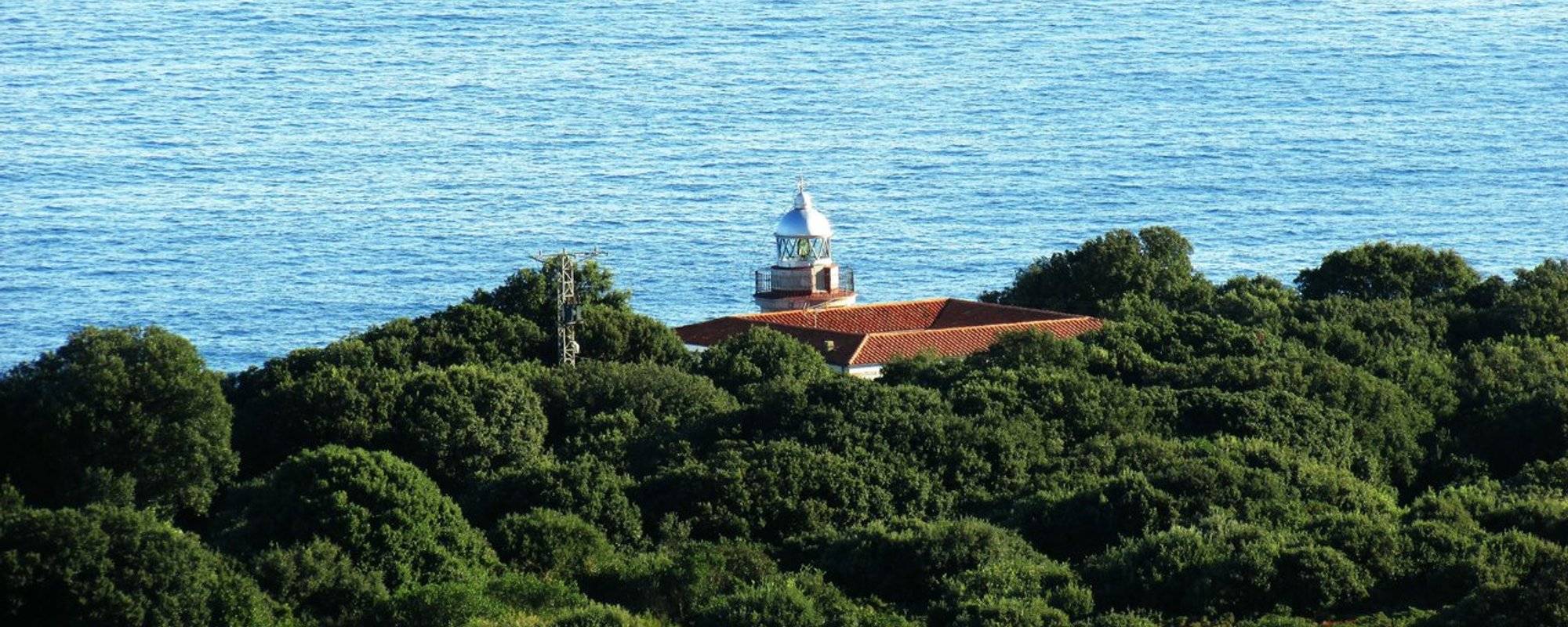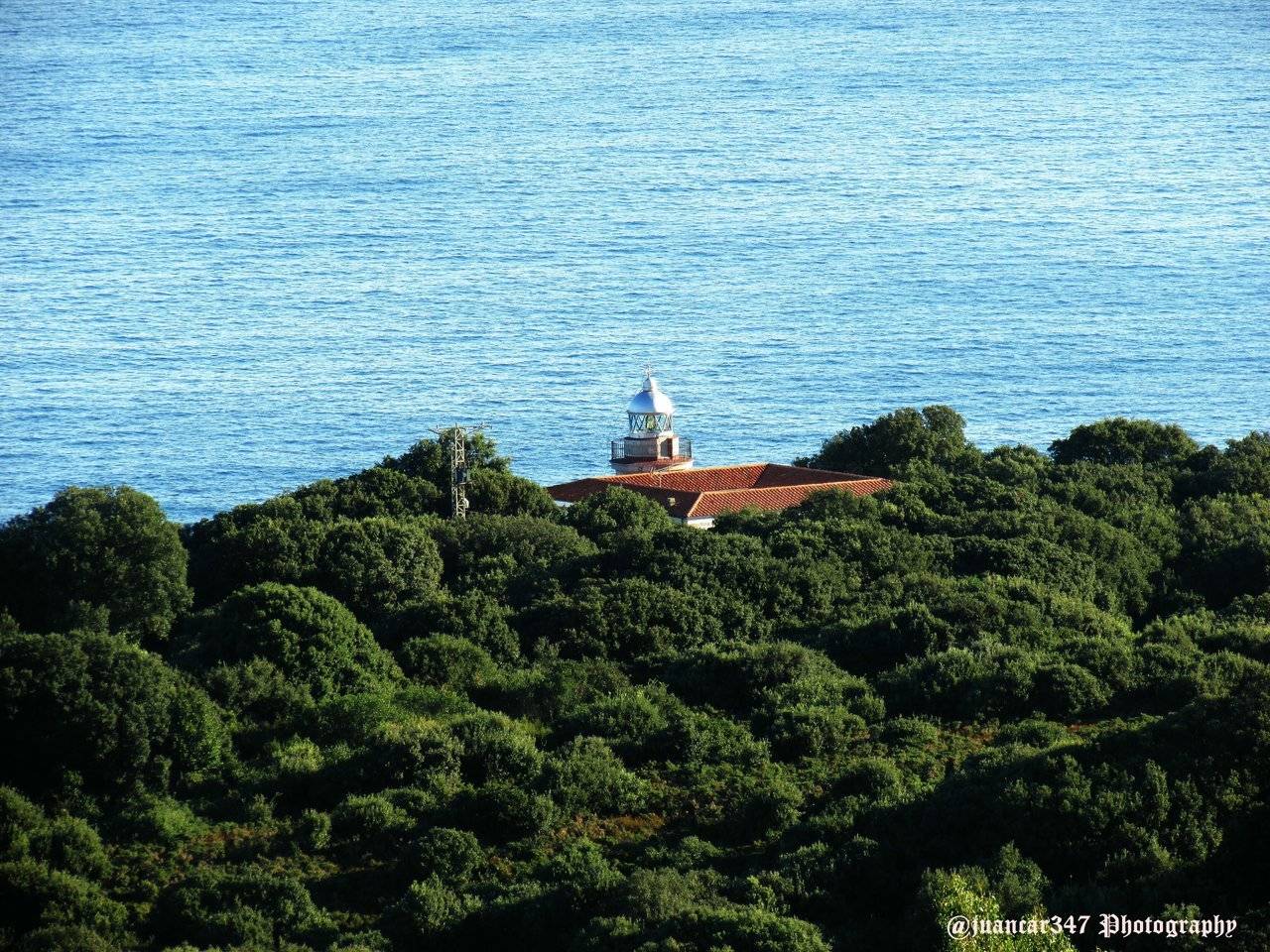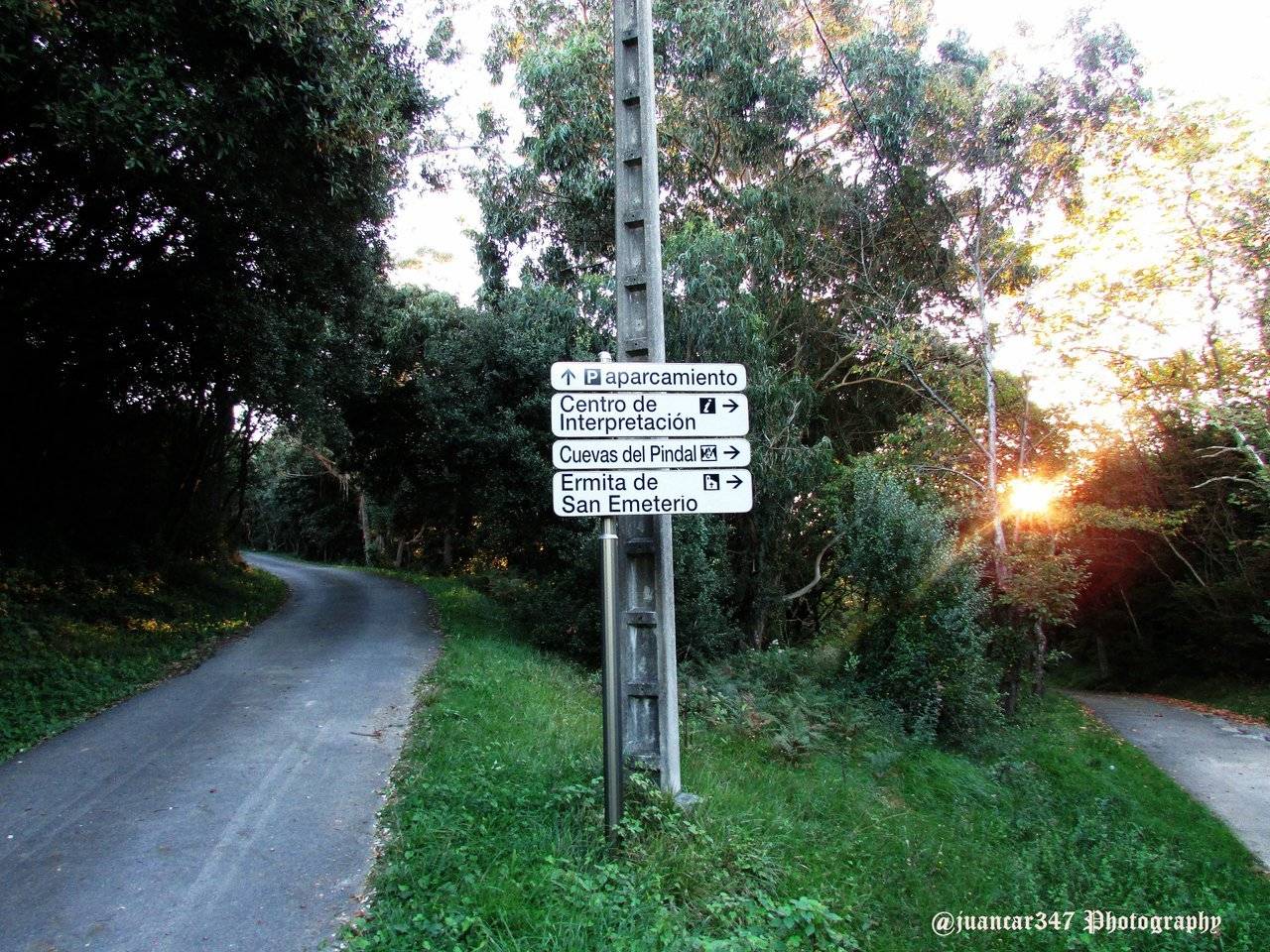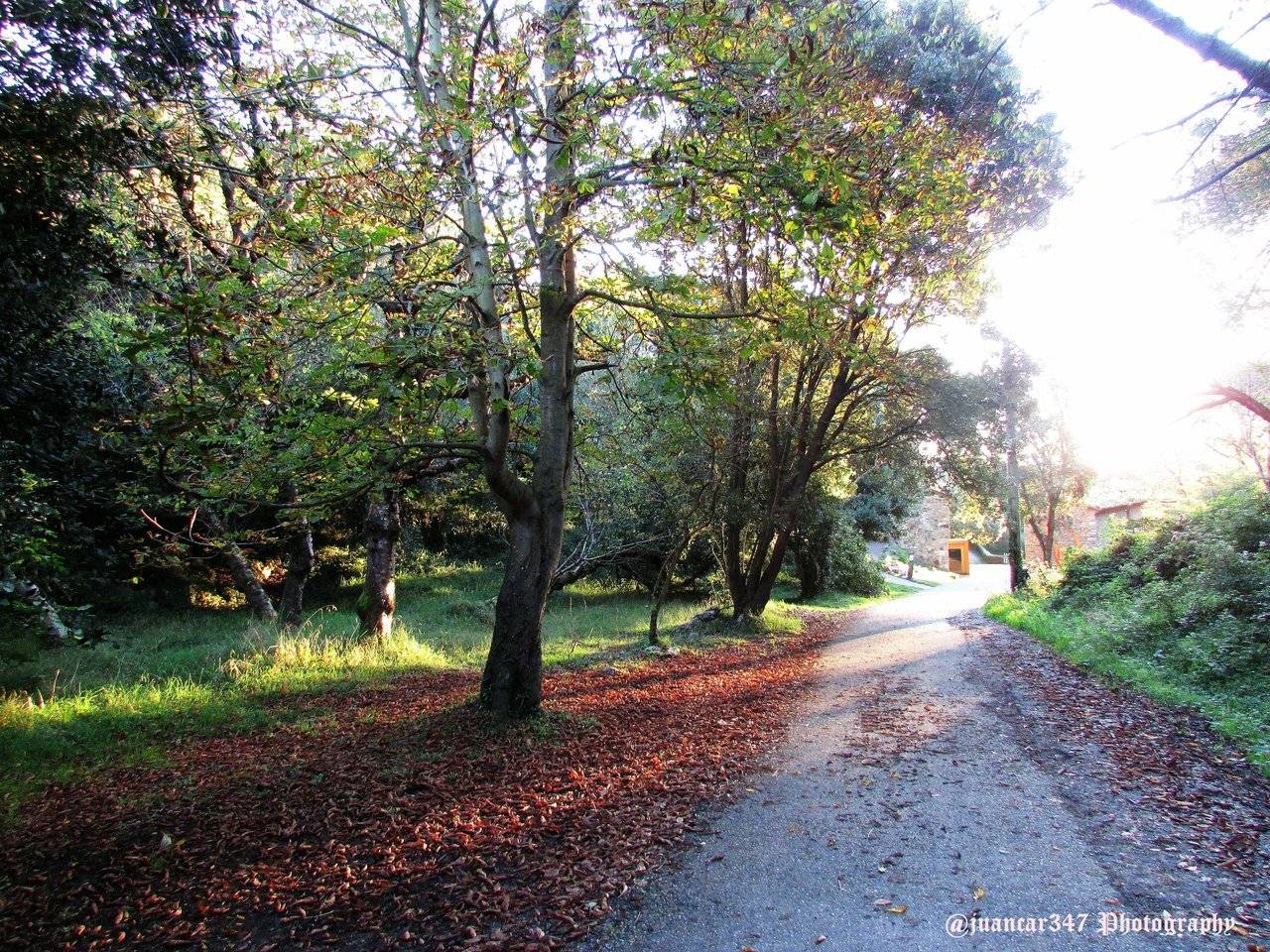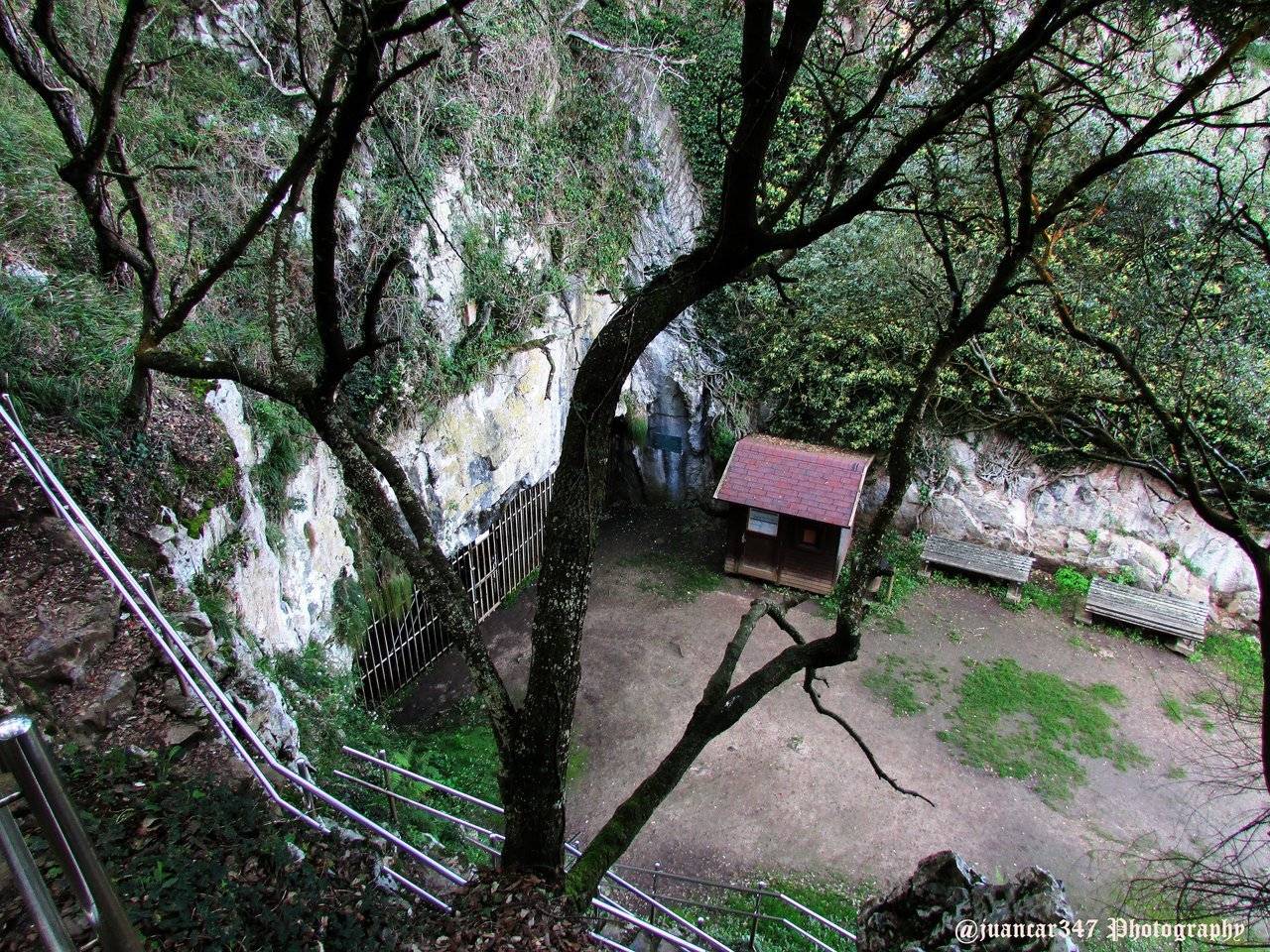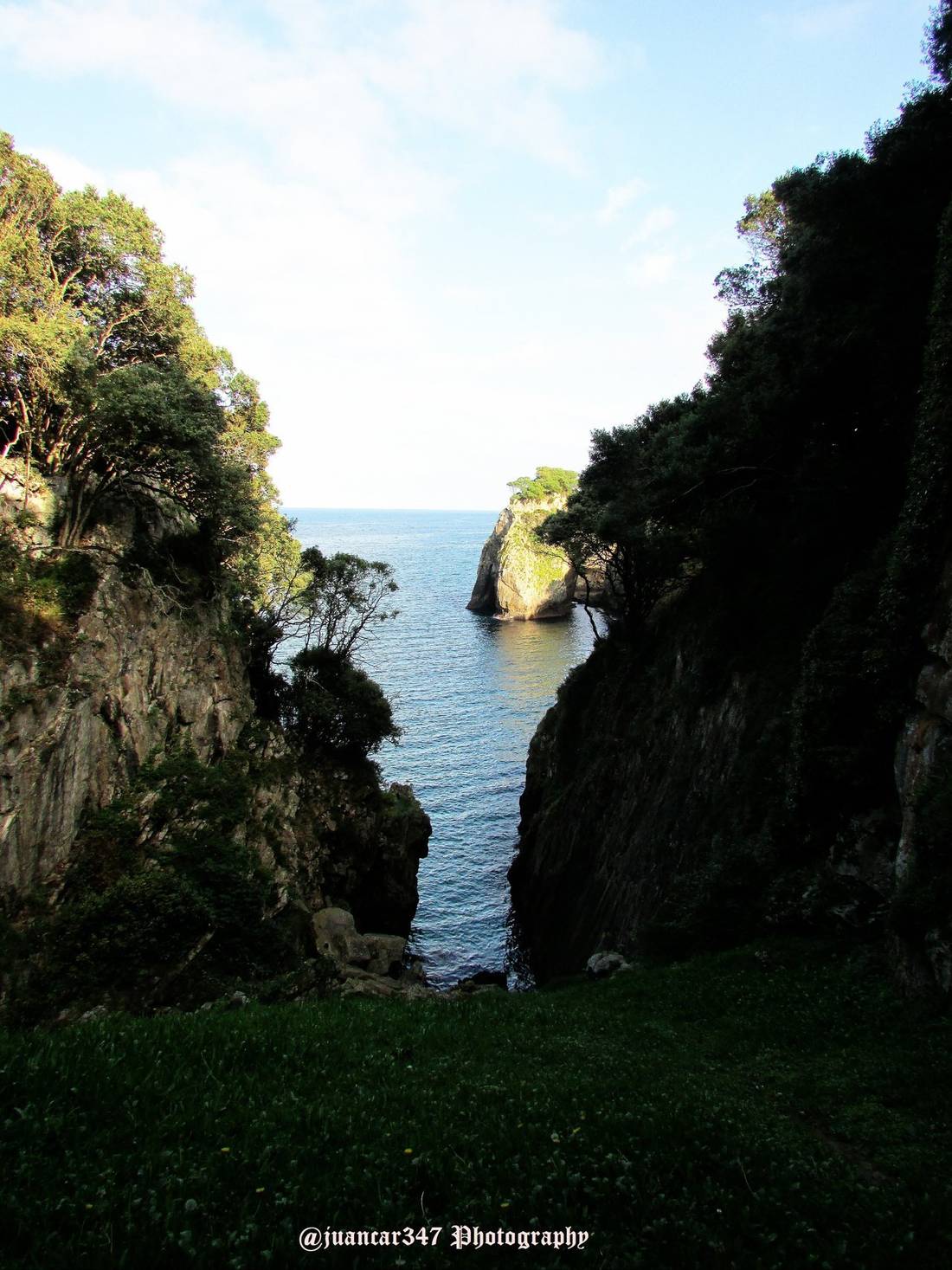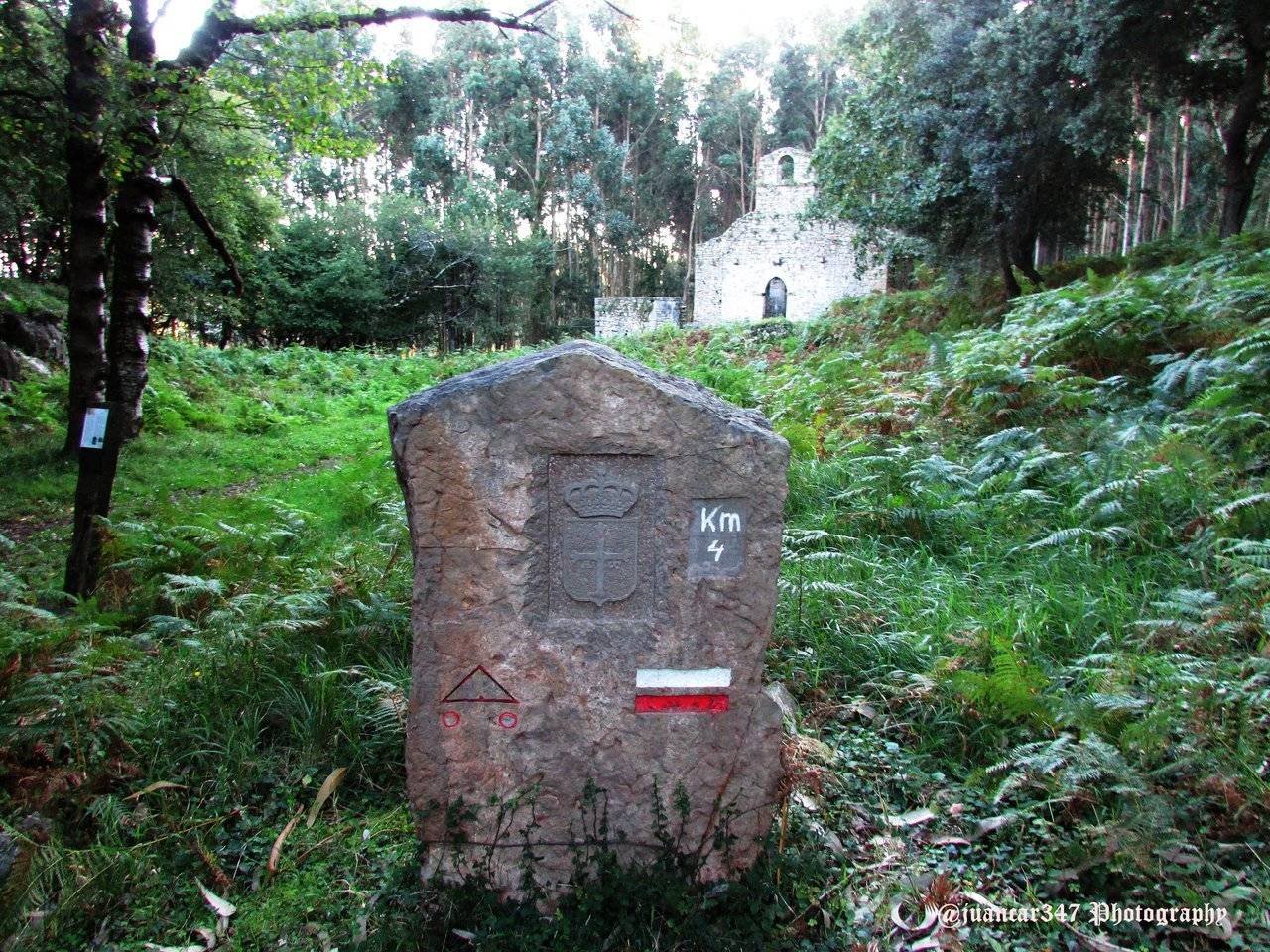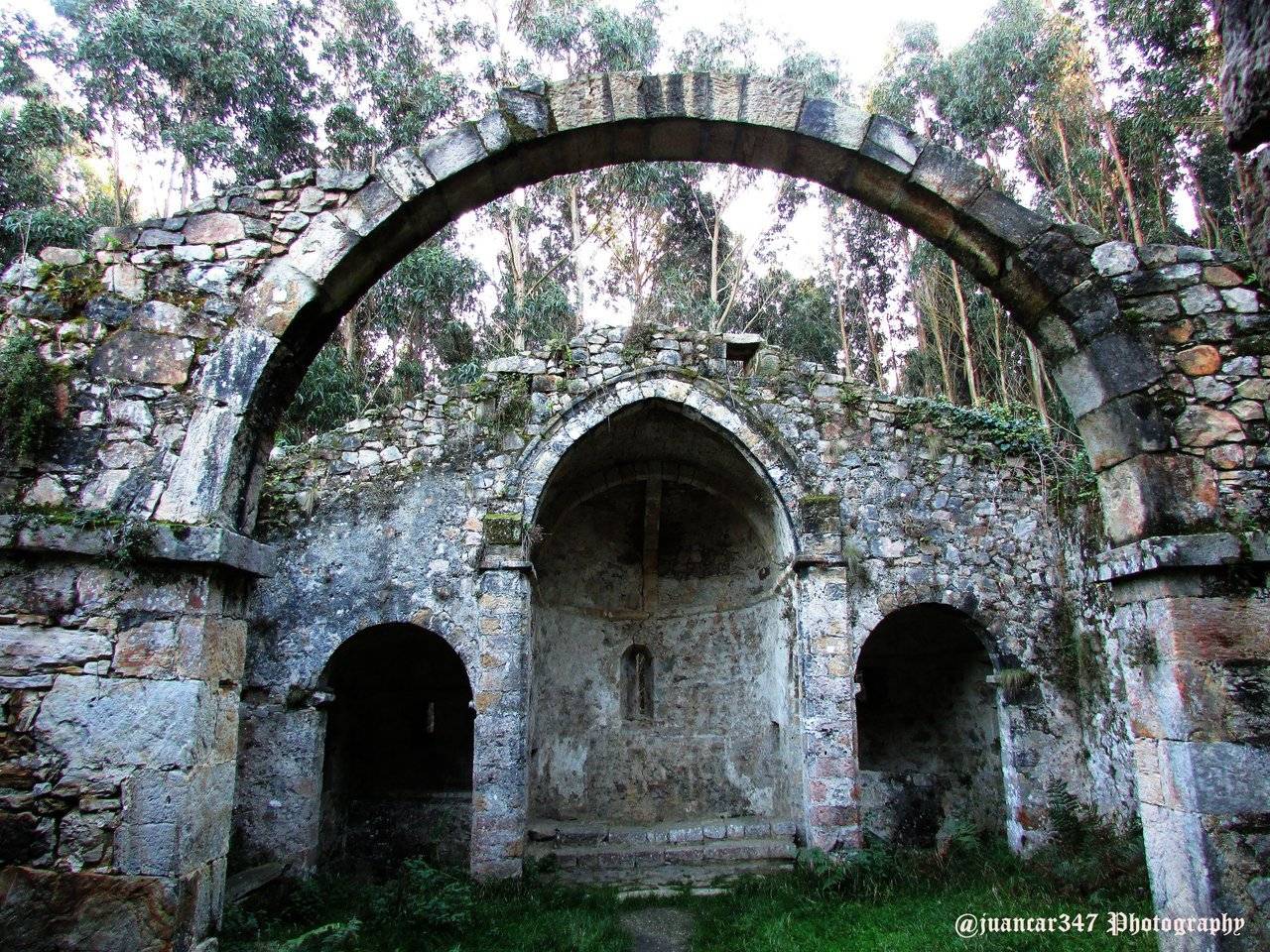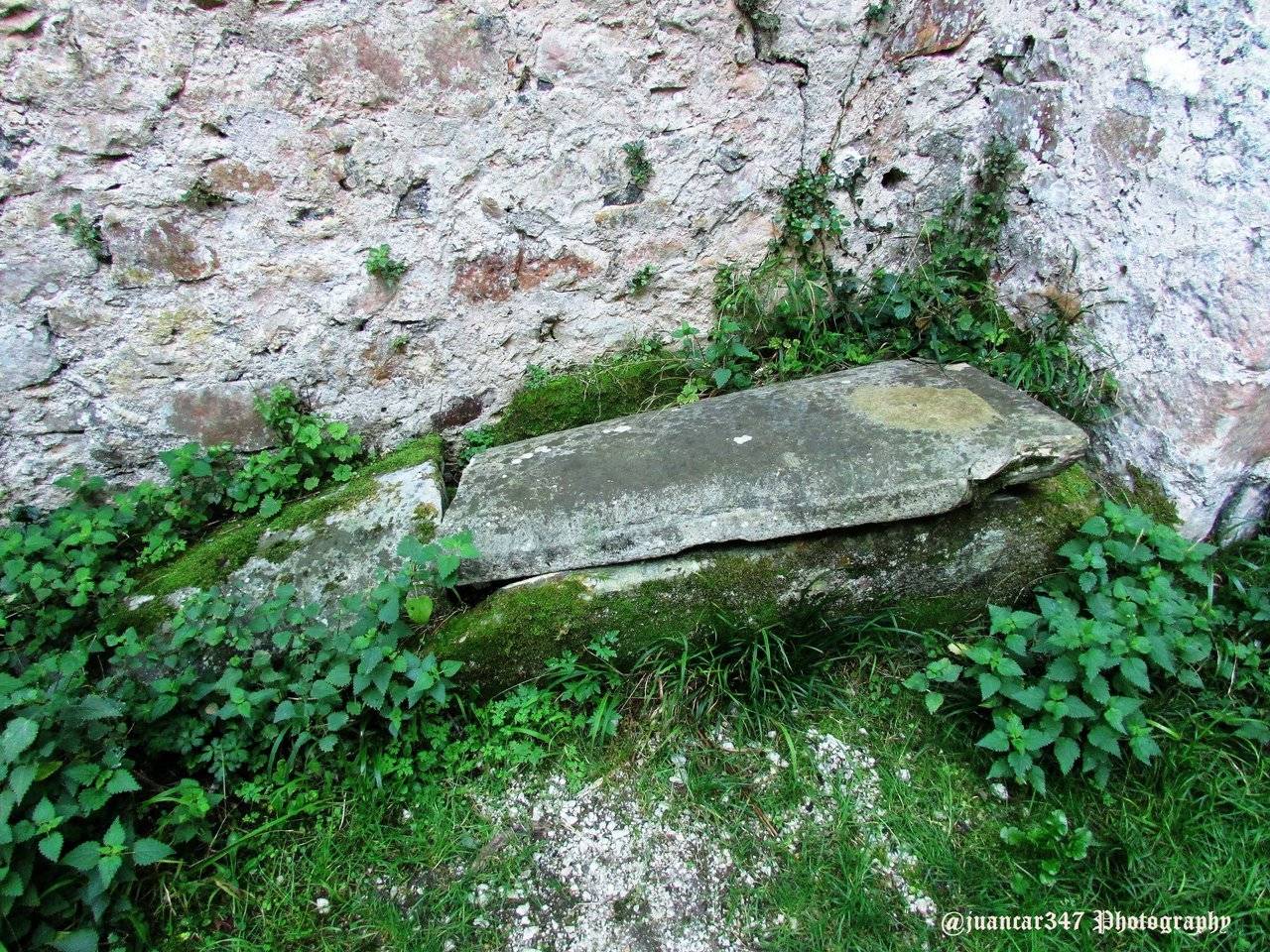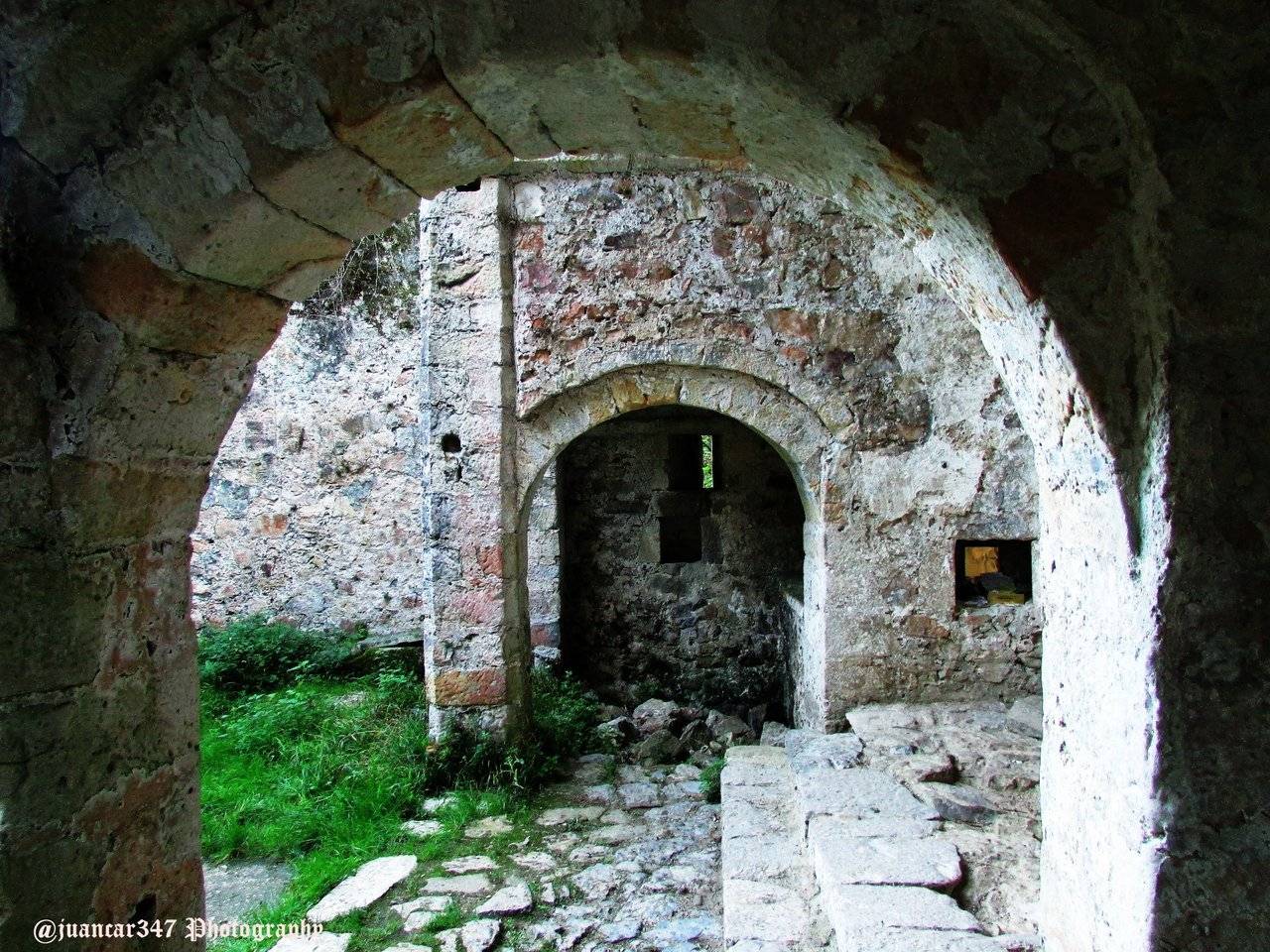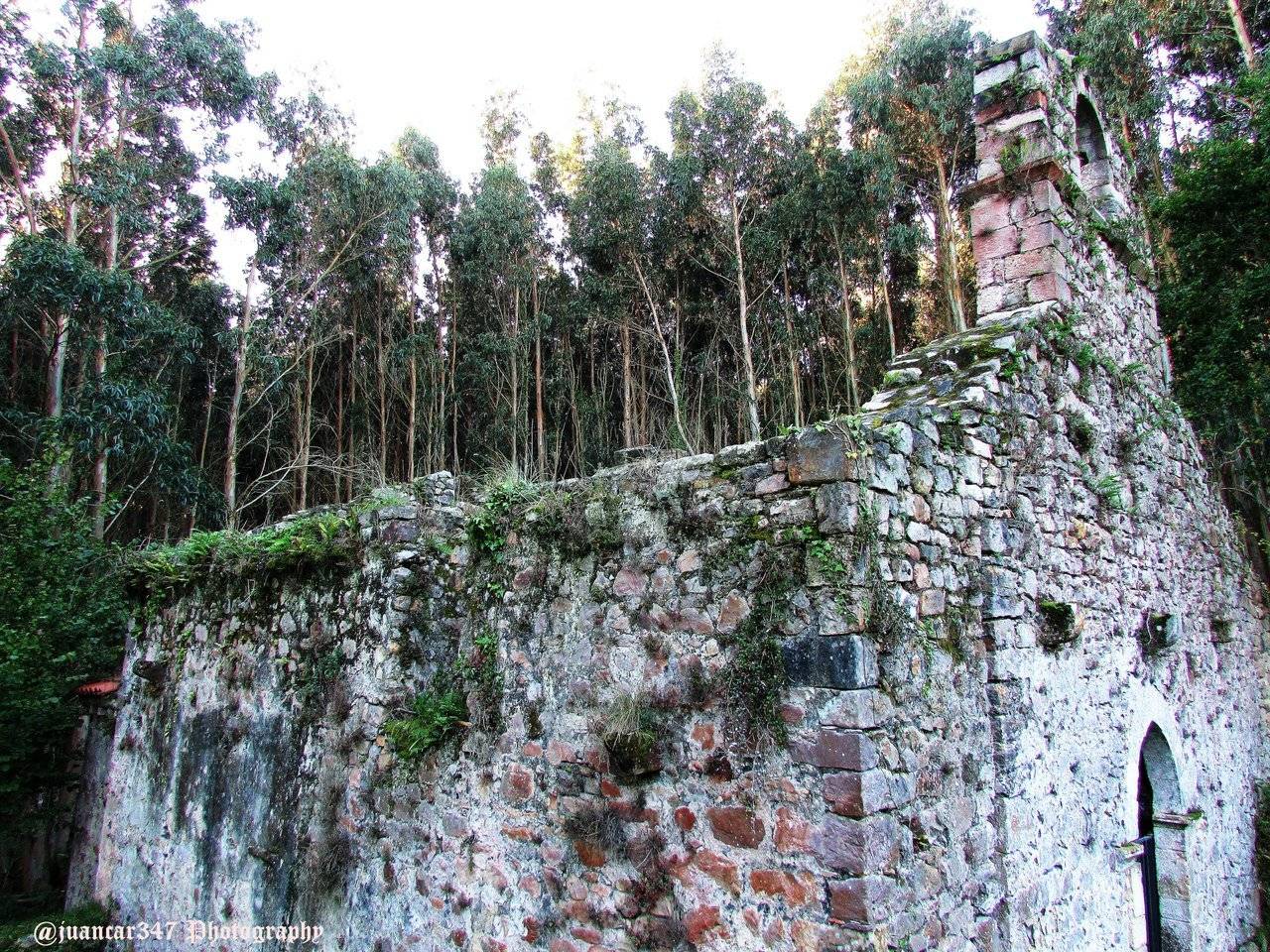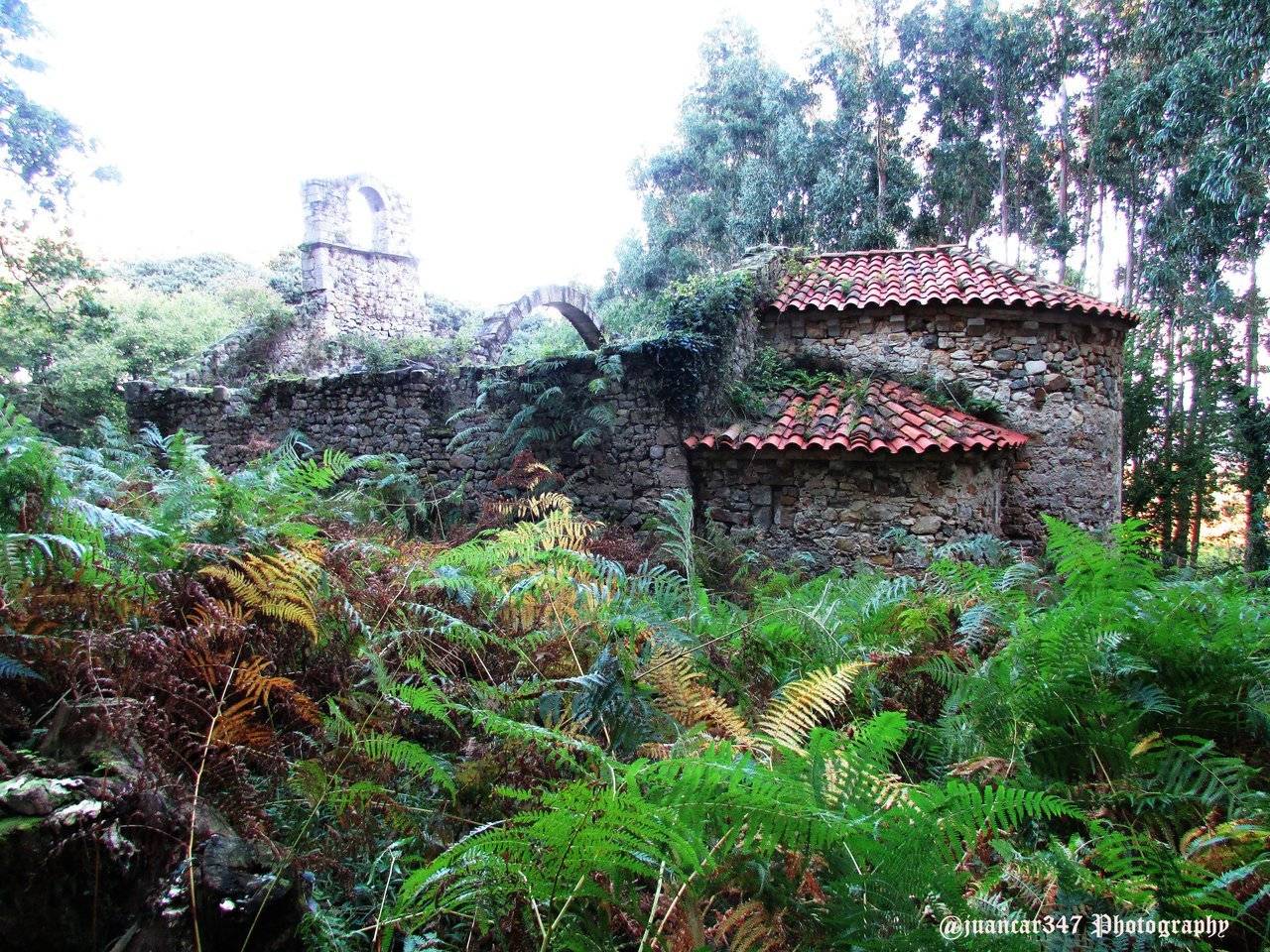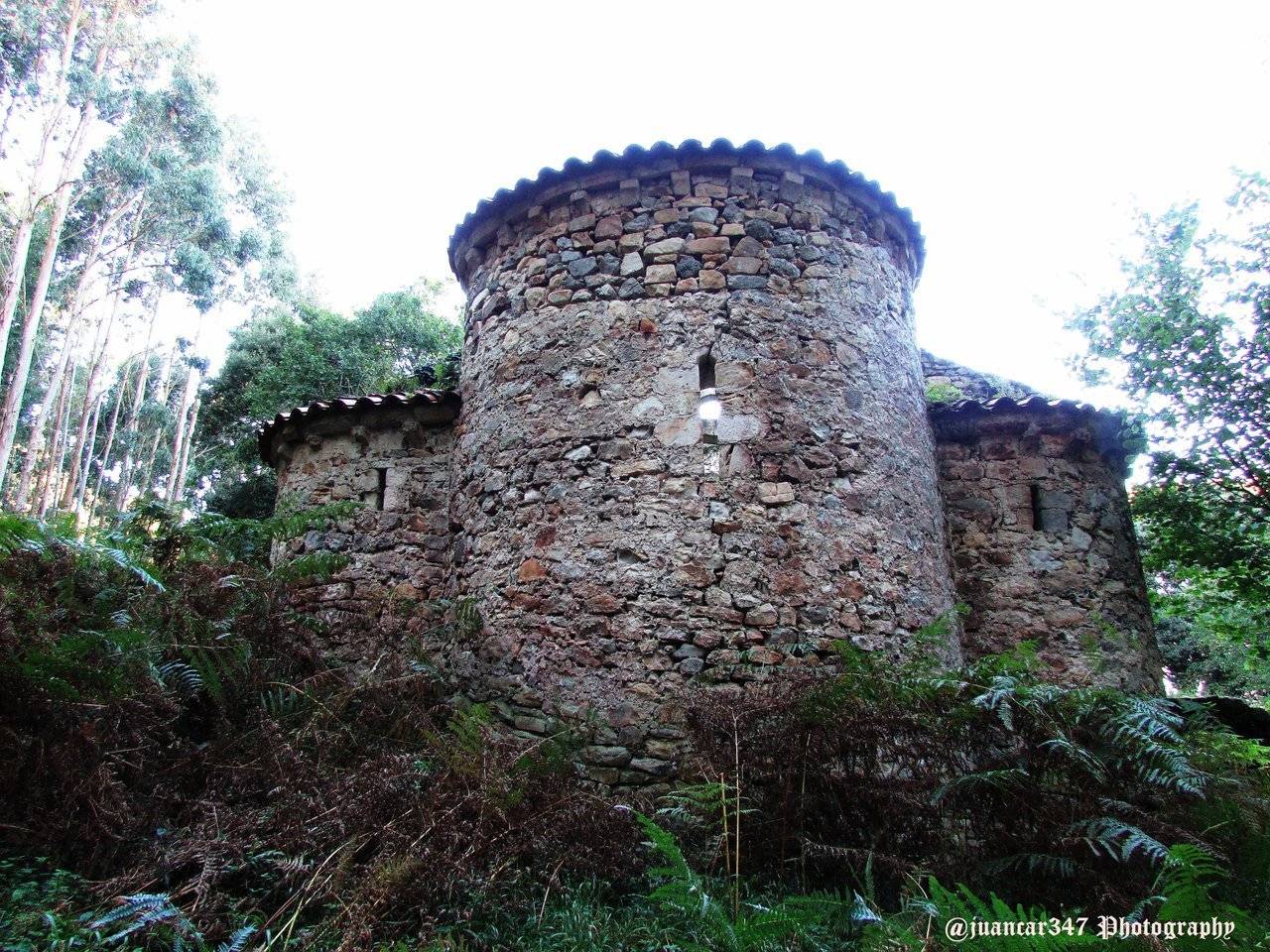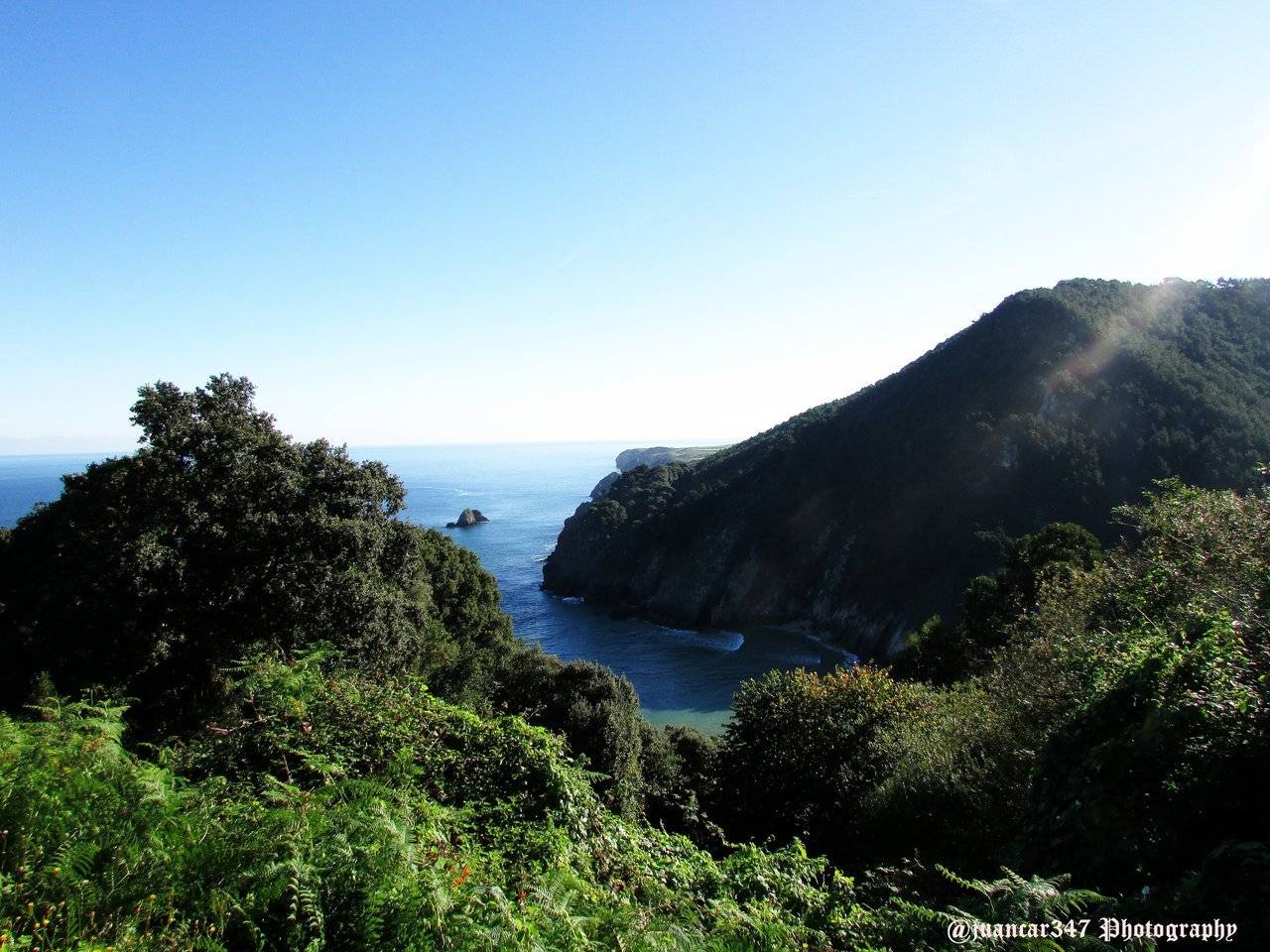On occasions, following those uncertain tracks left behind by the Knights Templar forces the interested researcher to make strange trips and peculiar excursions, seeing the need to enter remote and solitary places, not without risk, although in any way, full of beauty and adventure.
If there is one thing I have learned about them, during these arduous years following a shadow that becomes more elusive the greater the effort to pursue it, it is that, in addition to the fact that they were true experts in hiding their footprints, they also used to establish themselves in the most remote and difficult to access places, choosing them - and not by chance, as we will see - as their ideal home and dwelling, often letting themselves be carried away by interests and ambitions that seem more ambiguous and incomprehensible every day.
Such would be the case, presumably, of these secluded ruins, badly wounded testimony of what would one day be the imposing monastery of Santa Maria de Tina. And yet, well known by those medieval pilgrims, who chose this hard Way of the Coast, to avoid fatal clashes with the Muslim avant-gardes, who ruled Hispania at will, both the Ulterior and the Citerior.
To reach them means, however, to enter an environment that little or nothing has changed since those remote centuries, in which the discovery in Llibredón of the supposed remains of the apostle Santiago, brought, as a first consequence, the reactivation of some roads that were already sacred, millennia before the august Roman legions traced their roads through mountains and valleys in their effort to bend astures, Galaicos, Cantabrians and Basques, centuries before the Benedictines, Cistercians, Cambeadores, Templars and Hospitallers were scattered around the key points, making it possible to reopen an economic and cultural traffic of first magnitude, which had remained stagnant after the fall of the Western Roman Empire.
Situated approximately two or three kilometres from the Asturian village of Pimiango, and just over six kilometres from San Vicente de la Barquera and the Cantabrian border, their surroundings are nevertheless peculiarly revealing, as one of the most outstanding prehistoric enclaves of the Principality of Asturias is located in the vicinity, such as the Cueva del Pindal, located next to vertigo cliffs, on which one of the most singular and significant seas, whose waters still carry a multitude of legends, collapses with all the force of its enormous magnitude: the Cantabrian Sea.
The monastery collapsed, to the point of considering it an impossible undertaking to undertake its reconstruction and located in the heart of the mountain, a few meters away from cliffs of vertigo, which in some points of this coastal stretch gave rise to the traditional 'buffoons'; - seawater rises furiously by the undermined interior of the rock, producing a noise similar to a monumental roar - and a multitude of associated legends, its ruins, partially taken from the assault by an exuberant vegetation that confers them that aspect of melancholic romanticism that the brilliant Catalan architect Antoni Gaudí liked so much, keep an infinity of mysteries in his contemplative silence.
The place, a forest of the so-called ancients, part of that remote Spain of which it was said that a squirrel could cross it from end to end, sliding through the branches of its trees, is a place, undoubtedly beautiful, but at the same time imposing.
It is assumed, although only some traditions are maintained, little or nothing accepted by the official orthodoxy, that this monastery belonged to the Knights Templar, as has been said, and some circumstances, also commented on - being located in the vicinity of an ancient place of worship, its own solitude and attendance at the pilgrimage - seem to corroborate this.
Still, at the beginning of the 20th century, as stated in an article by a member of the Royal Academy of History, José F. Menéndez, published in the Boletín de la Sociedad Española de Excursiones (Bulletin of the Spanish Excursions Society) in December 1927, the pilgrims who ventured to make the Coastal Way and stopped at this fantastic place - already in ruins - had, however, the chance to see and pray before the ancient Romanesque image of the Virgin of Tina: precisely the same image that is kept, to the letter and song, in the nearby hermitage of San Emeterio, near which stands the modern Interpretation Centre of the prehistoric cave of Pindal.
According to what this scholar tells us -which by surname could be tocayo- there were two imposing Romanesque statues, made of stone, both of them from the main entrance portico to the temple, which the locals had considered, since time immemorial, as the statues of two Templar knights. These statues, possibly representing two saints, were transferred to the Museo del Prado in Madrid for restoration.
And either because of the ups and downs of the Civil War or because someone considered them interesting, they were never heard from again, although it is to be assumed that they are kept, even out of print and completely forgotten, in the museum's underground warehouses, where it is assumed that there is an immense amount of artistic treasures, from each and every place in Spain, sleeping their eternal dream.
Nowadays, there are also many pilgrims who choose this hard road -called in various ways: from the Cantabrian Sea, the Coast, the English Way, etc- and it is not difficult to observe their arrival at ports that have been welcoming them since time immemorial, such as Castro-Urdiales, Santoña, San Vicente de la Barquera or Llanes.
Also, undoubtedly motivated by the reactivation of the different roads to Santiago, local authorities have enabled the stretches that run this part of the coast, where they settle so nostalgic and romantic ruins.

Ready to Blog & Earn?
With TravelFeed, easily start your own travel blog and earn as you go. It's the smart platform for travelers who want to profit from their passion. Create a free account
Without a doubt, a real success, because, as has already been said, the environment is not only privileged, but also offers a multitude of attractions, especially to lovers of adventure and nature.
Whether or not this monastery is a Templar, I can assure you that it is worth embarking on the adventure of discovering it, letting yourself be carried away by the magic so particular, which emanates from a place that still conserves a good part of its ancient splendour.
Related Movie:
Don't Forget: Get Travel Health Insurance!
To make your trip a worry-free experience, TravelFeed recommends SafetyWing Nomad Insurance. It provides comprehensive health coverage while you travel, so you can focus on exploring, not the unexpected. Get a quote here
WARNING: Both the text and the photographs that accompany it, as well as the video that illustrates it (except the music, reproduced under license from Youtube) are my exclusive intellectual property.
Travel Resources for your trip to Spain
Recommended by TravelFeed
Flights: We recommend checking Kiwi.com to find the best and cheapest flights to Spain.
Accomodation: Explore the best places to stay in Spain on Booking.com, Agoda and Hostelworld.
Travel Insurance: Medical emergencies abroad can be pricey, but travel health insurance is not. We always use SafetyWing for affordable and reliable coverage.
Car Rental: For hassle-free car hiring, DiscoverCars is our trusted choice with a wide selection of vehicles.
Internet: Got an eSIM compatible phone? Airalo is perfect for reliable internet access during your trip. Just install it before you go, and you're set!
Day Trips & Tours: We recommend GetYourGuide for a variety of well-organized and enjoyable activities.
Travel Planner: Need a hand planning? Our free travel planner chatbot is your personal guide to Spain. Chat now.
Disclosure: Posts on TravelFeed may contain affiliate links. See affiliate disclosure.
